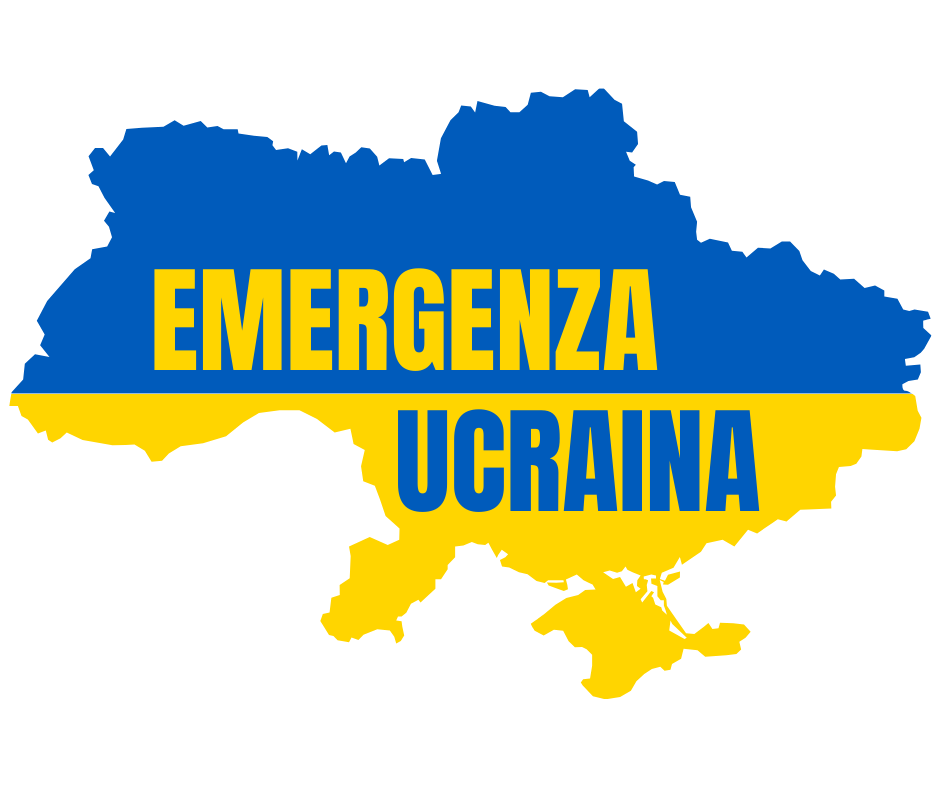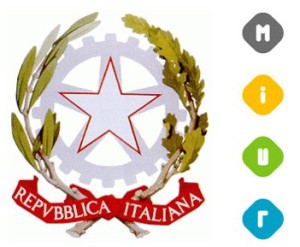6 2: Cash and Cash Equivalents Business LibreTexts
The speed with which an asset can beexchanged for cash at book value is referred to as liquidityand it is an important characteristic of cash equivalent assets. Companies may intentionally carry higher balances of cash equivalents so they can capitalize on business opportunities when they arise. Instead of locking capital into a long-term, illiquid, and maybe volatile investment, a company can choose to invest added cash in cash equivalents in the event it needs funds quickly. Cash equivalents are part of the company’s net working capital (current assets minus current liabilities), which it uses to pay invoices for operating expenses, buy inventory, cover debt-servicing, and make other purchases. The CCE is a standard line item found in the ‘Current Assets’ section of a company’s balance sheet. Investors, analysts, and financial managers often use it to assess a company’s liquidity or its ability to pay short-term obligations.
Accounts receivable—which is the money due to a company for goods or services delivered or used but not yet paid for by customers—are considered current assets as long as they can be expected to be paid within a year. If a business is making sales by offering longer terms of credit to its customers, a portion of its accounts receivables may not qualify for inclusion in current assets. In addition, cash equivalents allow companies to earn some amount of interest as they plan how to use their money in the long-term. Short-term government bonds are considered by some to be cash equivalents because they are very liquid, actively traded securities. Investors should be sure to consider political risks, interest rate risks, and inflation when investing in government bonds.
What Are Cash Equivalents? Types, Features, Examples
Unlike marketable securities, you are actuallypayinginterest on accounts receivable balances rather than receiving it — the interest paid goes to your bank. The following ratios are commonly used to measure a company’s liquidity position. Each ratio uses a different number of current asset components against the current liabilities of a company. Additionally, creditors and investors keep a close eye on the current assets of a business to assess the value and risk involved in its operations.
Other current assets (OCA) is a category of things of value that a company owns, benefits from, or uses cash and cash equivalents include to generate income that can be converted into cash within one business cycle. They are referred to as “other” because they are uncommon or insignificant, unlike typical current asset items such as cash, securities, accounts receivable, inventory, and prepaid expenses. In short, cash and cash equivalents mean the cash and those assets which are immediately convertible to cash. The cash and cash equivalents balance impacts a company’s cash ratio, the ratio of cash to current liabilities; and current ratio, the ratio of current assets to current liabilities. A higher cash ratio shows that the company is expected not to face any difficulty in paying its very short-term liabilities. The statement of cash flows prepared by a company reconciles its cash and cash equivalents balance at the start of a period with their balance at the end of the period.
- For example, a large machine manufacturing company receives an advance payment (deposit) from its customer for a machine that should be produced and shipped to another country within 2 months.
- As payments toward bills and loans become due at the end of each month, management must be ready the necessary cash.
- However, if the cash flow out of the country is restricted, the cash is treated in the accounts as restricted and reported separately.
- Moreover, cash carries virtually no risk, since it doesn’t fluctuate with interest rates or market conditions in the same way that certain investments, even short-term ones, do.
- Understanding this term can provide valuable insights into a company’s financial health.
Cash can be classified as a long-term asset if they are designated for specific purposes such as a plant expansion project, or a long-term debt retirement, or as collateral. Cash is the most liquid of the financial assets and is the standard medium of exchange for most business transactions. For this reason, it’s important to investigate further and try to find the cause of any large surges in CCE, as well as to keep an eye on the cash position and see what management does next. Therefore, looking into a company’s cash position should be done alongside the examination of its recent past and expected shorter-term future, as well as industry norms. CCE is, after all, a measure of a short-term position, since the assets all have life spans of 90 or fewer days. And though the above calculation does include some assets that are traded in markets, such assets are very short-term and therefore their actual value is unlikely to vary much from their expected value.
A certificate of deposit is a type of savings account with a financial institution. It represents a certain amount of a saver’s capital that can’t be accessed by the saver for a specific period of time. In return for the use of their capital, the financial institution pays savers a fixed rate of interest.
Cash equivalents, on the other hand, are short-term, highly liquid investments that can be quickly converted into cash. The difference lies in the fact that cash equivalents must first be converted into cash. Assets like treasury bills, commercial paper, and some Certificates of Deposits (CDs) are considered cash equivalents. So, a company with relatively high net assets and significantly less cash and cash equivalents can mostly be considered an indication of non-liquidity. Nevertheless, this can happen only if there are receivables that can be converted into cash immediately.
CCE is an important financial number for a business, as the total helps investors and companies determine how well a company is positioned to handle short-term cash needs. For the most part, cash and cash equivalents do not include equity or stock holdings because the price of those assets can fluctuate significantly in value. If there is any question about whether a financial instrument can be classified as a cash equivalent, consult with the company’s auditors. All of these assets have high liquidity, meaning that the owner could sell and convert these short-term investments into cash rather quickly. The assets considered as cash equivalents are those that can generally be liquidated in less than 90 days, or 3 months, under U.S.
A sample presentation of cash and cash equivalents appears in the balance sheet in the following exhibit. Cash and Cash Equivalents is a critical term in finance, indicating a company’s liquidity and its ability to meet short-term obligations. It includes both physical cash, bank deposits, and short-term, highly liquid investments that carry minimal risk. Understanding this term can provide valuable insights into a company’s financial health.
What are Cash And Cash Equivalents of a Company?
- When reported on financial statements, investments in these types of liquid accounts are often combined with cash and represent a company’s total holding of money and liquid investments.
- CCE include money orders, cashier’s checks, certified checks, and demand deposit accounts, which are accounts that can be withdrawn from any time without notification, such as checking and savings accounts.
- In essence, they encompass readily accessible assets that can be quickly converted into cash within a short period, usually three months or less.
- This fund is a collection of short-term investments (i.e., generally, with maturities of six months or less) that earns a higher yield than money in a bank account.
ABC Electronics operates a chain of electronics stores, and they need to manage their finances wisely. At the end of the fiscal year, the company reports $100,000 in cash and $50,000 in cash equivalents on its balance sheet. The rationale is that cash and cash equivalents are closer to investing activities rather than the core operating activities of the company, which the NWC metric attempts to capture. Getting on top of cash and cash equivalents is critical to improving cash flow management.
AccountingTools
Cash also includes other accounts that are similar in nature to demand deposits, if applicable. These accounts should allow the customer complete flexibility in both depositing and withdrawing funds at any time, without prior notice or penalty. CCE reveal how much liquidity a company has to cover short-term liabilities and keep the lights on without taking desperate measures.
How Cash and Cash Equivalents Impact Net Working Capital (NWC)?
The cash equivalents line item on the balance sheet states the amount of cash on hand plus other highly liquid assets readily convertible into cash. Companies may elect to classify some types of their marketable securities as cash equivalents. This depends on the liquidity of the investment and what the company intends to do with such products.
For managing business operations, keeping on top of cash and cash equivalents is important for liquidity management. These highly liquid assets are essential for covering a company’s immediate financial requirements, like meeting payroll or paying bills and debt obligations. If a company has cash or cash equivalents, the aggregate of these assets is always shown on the top line of the balance sheet. This is because cash and cash equivalents are current assets, meaning they’re the most liquid of short-term assets. The quick ratio measures a company’s ability to meet its short-term obligations with its most liquid assets.
Cash and cash equivalents information is sometimes used by analysts in comparison to a company’s current liabilities to estimate its ability to pay its bills in the short term. However, such an analysis may be excessively conservative if there are receivables that can be readily converted into cash within a few days; in this case, receivables should also be included in the analysis. Cash and cash equivalents are listed under current assets at the top of the balance sheet. They are the most liquid assets a company possesses, meaning they are most easily usable to make purchases or pay down debts. Such commonly used ratios include current assets, or its components, as a component of their calculations.
Some lenders require companies to maintain a sufficient level of CCE to qualify for loans and may offer those with higher balances more attractive borrowing terms. Seeing a decent amount of CCE reassures lenders that the company is better equipped to deal with setbacks. A company can be extremely profitable on paper yet not have enough cash on hand to pay the bills. CDs generally pay higher interest rates than other savings accounts to compensate for the fact that the deposited funds can’t, in theory, be touched for a certain amount of time. Often, financial institutions will allow this fixed period rule to be broken in exchange for a forfeiture of interest.
This is because different industries will have different cash pressures and potential short-term liabilities that companies will need to be prepared to account for. Building a very strong cash position can also create pressure from shareholders to pay dividends or issue stock buybacks, which are ways of returning capital to shareholders. However, companies need to balance being prepared for short-term cash needs with using their resources wisely, to generate earnings. As for which assets to include, there are generally accepted accounting rules about this. Businesses can report these two categories of assets on the balance sheet separately or together, but most companies choose to report them together. CCE is actually two different groups of very similar assets that are commonly combined because they are so closely related.






















